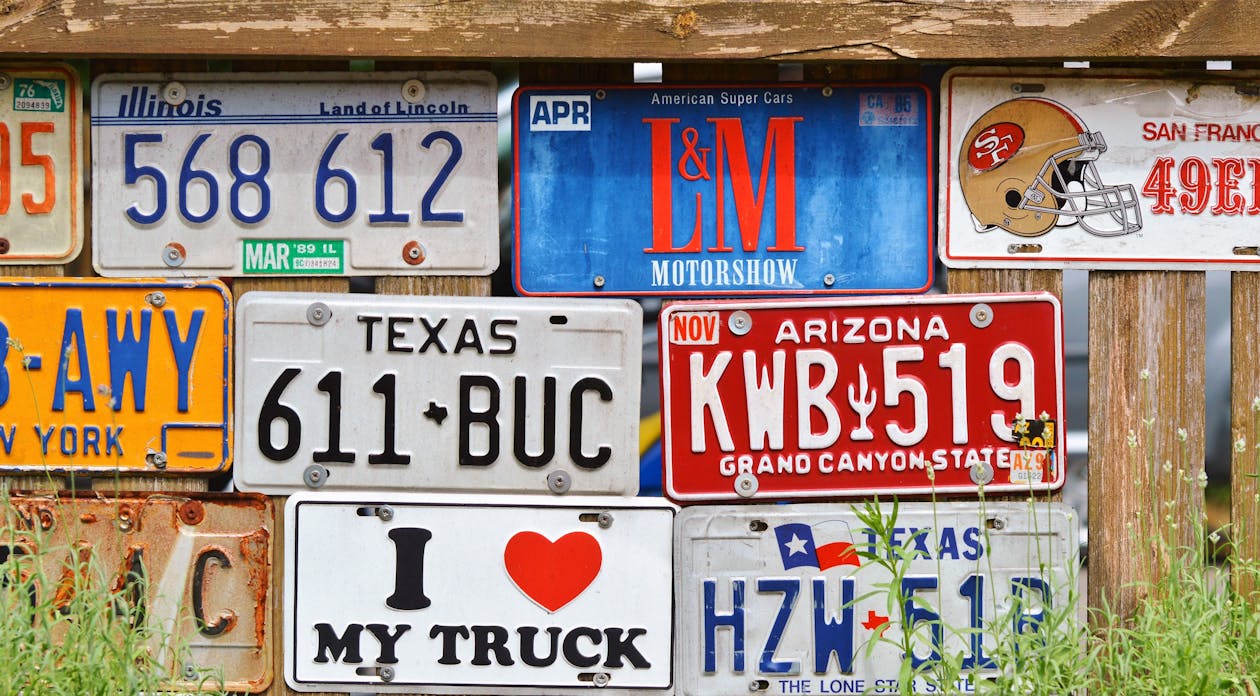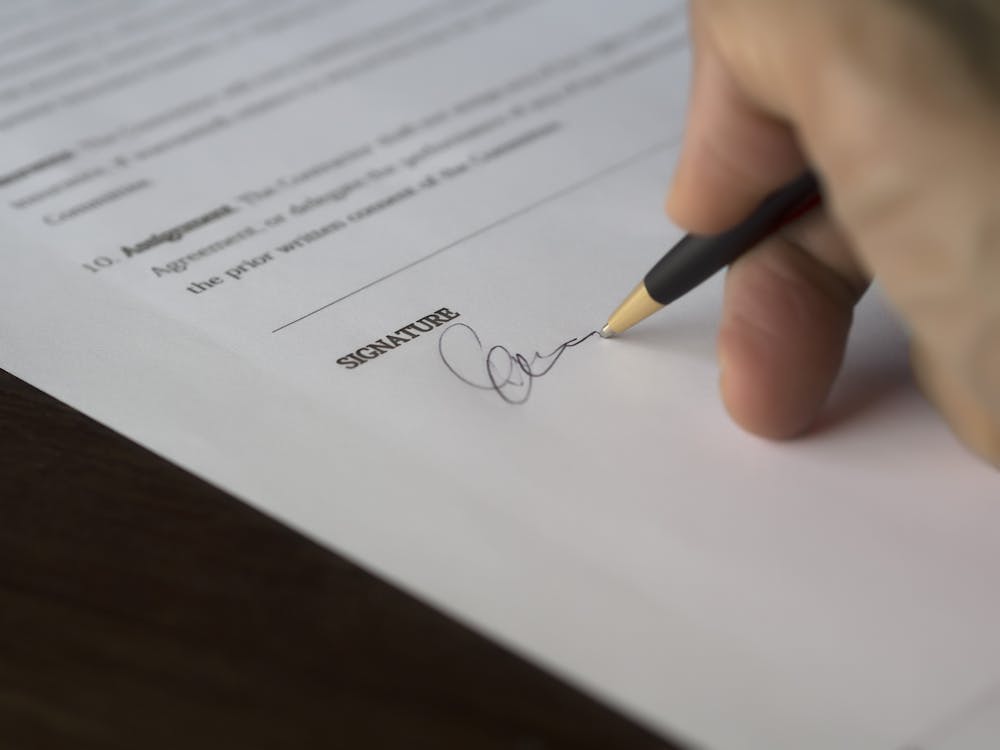
What Documents Do You Need to Sell Your Car?
Selling a car involves more than just handing over the keys and receiving payment. Whether you're in New South Wales, Victoria, Queensland, or any other Australian state or territory, specific documents are essential to ensure a smooth and legally sound sale. This guide outlines the crucial paperwork you'll need to sell your car across Australia, safeguarding both seller and buyer throughout the transaction process.
Nationwide Requirements
No matter where you reside or whether your car is registered or not, one document transcends local regulations—a Bill of Sale. Though not always legally required, it's best practice to exchange this document as it acts as proof of purchase and can protect you in legal disputes. This document typically includes details of the sale price, vehicle information (Vehicle Identification Number and registration), and both parties' details.
Notice of Disposal
A critical step in selling your car is informing the local transport authority that the vehicle has changed hands. This action, often executed through a Notice of Disposal, is imperative as it absolves you from future fines or violations incurred by the new registered owner. While the specific process may vary, the principle remains constant: notify the authorities promptly to update their records with the new ownership details.

State-Specific Requirements
In addition to the nationwide requirements, each state has its own requirements and restrictions when it comes to selling a registered vehicle privately.
New South Wales (NSW)
In NSW, the primary and most crucial document required for selling a car is the Notice of Disposal. This document notifies NSW Roads & Maritime Services (RMS) of the change in vehicle ownership. Sellers must provide their details, the car's registration number, the sale date, and the new owner's details. Submitting this form is crucial to avoid being held responsible for any future fines the new owner might incur. Moreover, while a roadworthy certificate, known as a pink slip, is necessary for the annual registration renewal of cars over five years old, it's not a prerequisite for the sale itself.
Victoria
Victoria mandates a Certificate of Roadworthiness (RWC) for selling registered motor vehicles. This certificate, which assesses the vehicle's safety, is typically obtained by the seller, though the legal responsibility can fall on either party. The seller must also complete a Vehicle Transfer Form and a Notice of Disposal, ensuring the transfer of ownership is legally recorded. Selling a vehicle without a RWC is possible if it's unregistered or being transferred to a spouse or a licensed vehicle dealer, but this often affects the selling price or buyer interest.
Queensland
Queensland requires a Safety Certificate (equivalent to a roadworthy certificate) when transferring vehicle registration. This certificate, which validates the car's roadworthiness, must be acquired by the seller before the sale. The process involves an inspection by an Approved Inspection Station to check various vehicle components. Selling a car without a current Safety Certificate can result in fines, emphasising the importance of this legal document for a transfer of ownership.
Western Australia
In Western Australia, the focus is on the Notification of Change of Ownership form, which both the buyer and seller must complete and submit to the Department of Transport. This process can be completed online or by post. Unlike other states, a roadworthy certificate is not required to sell your car in WA, streamlining the sale process. However, promptly notifying the DoT of the sale is essential to avoid potential fines.
South Australia, Tasmania, and the Northern Territory
These regions share a simpler process for selling cars, with less emphasis on roadworthiness certification. The key action is the submission of a disposal notice, which informs the local transport authority that the vehicle has been sold. This step is crucial to ensure the seller is no longer responsible for the vehicle's associated costs or legal obligations. While the specific forms and submission methods may vary, the principle of promptly notifying the authority remains consistent across these regions.

Transferring Personalised Licence Plates
Transferring personalized number plates across Australia involves a variety of processes, depending on the state or territory you're in.
New South Wales (NSW)
In New South Wales, transferring special number plates (SNPs) or personalized plates involves not just the physical transfer of these plates between vehicles but also the transfer of the right to display these plates from one owner to another. This process, however, does not affect the vehicle's registration status or its registered operator. To initiate a transfer, the involved parties must fill out the 'Transfer Right to Display' form, verify their identity with appropriate documents, and make the necessary payment for the transfer.
The transaction can be completed at any Service NSW Centre. It’s noteworthy that an annual fee may be levied for personalized plates, especially if they were acquired before September 2003 and do not currently attract this fee.
Victoria (VIC)
Victoria allows the transfer of custom or special interest plates (excluding service or Lions Club plates) to other individuals or companies. This can be achieved either by selling the vehicle with the plates attached or by officially signing the plates over to the new owner. A key point to note is that no plate transfer fee is required unless the plates were bought before 3 March 2000 under an old-style contract with VicRoads.
To formally transfer registration number plate rights, the appropriate form must be filled out and submitted to VicRoads within 14 days of purchase. This can be done via email, mail, or in person at a VicRoads Customer Service Centre.
Queensland (QLD)
In Queensland, owners of personalised number plates have the flexibility to transfer them to another person or organisation. Similarly, custom number plates, except for those restricted, can be reassigned to a different vehicle registered under the same name. The process involves completing a personalised number plate/s transfer application and providing proof of identity.
A transfer fee applies unless the plates are being transferred under specific exemption conditions, such as a gift to a spouse, parent, or child. The transaction is completed at a transport and motoring customer service centre, ensuring that all legal and procedural requirements are met.
Northern Territory (NT)
The Northern Territory (NT) introduced a unique concept called the right to display for vehicle number plates. This right is automatically granted when a vehicle is registered and remains valid for 12 months following the expiry of the vehicle's registration. Losing the right to display occurs under certain conditions, such as if the registration has been expired or cancelled for more than 12 months.
The application to transfer the right to display is necessary under several circumstances, including selling the vehicle with the plates, transferring the plates to another vehicle you own, or transferring them to another person. This ensures the continued lawful display of the number plates under the new ownership or vehicle.
Tasmania (TAS)
Transferring the right to display TasPlates involves a few key steps if you've acquired them from another individual and wish to display them on your vehicle. This process necessitates the return of any existing standard plates registered to your vehicle. Applicants must fill out and submit a transfer right to display form along with a replace plates application form, providing proof of identity and making the required payment. For vehicles and TasPlates registered in someone else's name, additional documentation, such as a letter of authority and proof of identity of the registered owner, is required. This comprehensive approach ensures that the transfer of TasPlates is conducted smoothly and in compliance with local regulations.

After the Sale
Even after the car has officially changed hands, several steps are essential to finalize the sale completely. These include:
-
Canceling ongoing costs such as toll accounts and insurance.
-
Ensuring the buyer receives the vehicle's manual, service logbooks, and any applicable warranty information.
-
Informing the manufacturer of the change in ownership, especially relevant for recall notices.
Crafting the Perfect Sale Receipt
A well-structured receipt is invaluable, offering legal protection and clarity. At a minimum, this document should detail the transaction date, parties involved, vehicle information, and agreed-upon sale price. Though formats can vary, the essence of capturing the sale's specifics remains unchanged.
Conclusion: Navigating the Paperwork Labyrinth
Selling a car doesn't have to be a bureaucratic nightmare. By understanding and preparing all the necessary documents ahead of time, you can ensure a smooth transition of your vehicle to its new owner. Remember, the key to a successful car sale lies in meticulous documentation and adherence to your state or territory's specific requirements.
Trust OnlyCars.com.au for Simplified Car Sales
If you're selling a car and want to make your life easier, trust Only Cars. With thousands of prospective buyers ready and waiting, we take the hassle out of selling, so you can focus on what's important to you. List your car with us today and embrace freedom with Only Cars.
Once you've found the right car, the next step is sorting out car finance that actually works for your budget. Credit One is Australia's best-reviewed finance broker, with 3,000+ five-star Google reviews from customers who've been through the process. Check out Credit One reviews to see what people say, or head straight to the loan repayment calculator to see what the numbers look like.